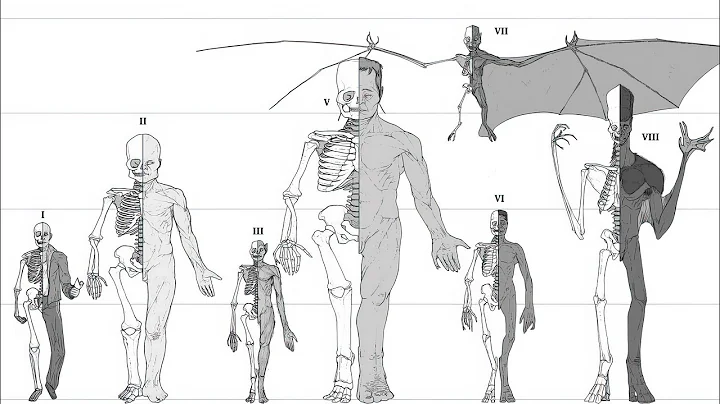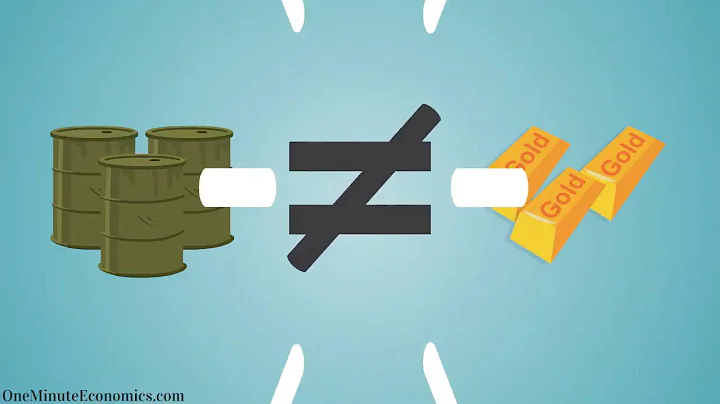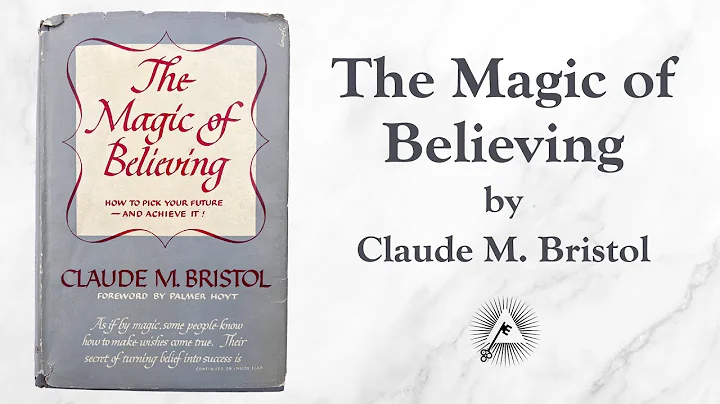Text | Jin He
Nowadays, not only Chinese people like to drink, but Japanese people also like to drink. Bubble milk tea, which failed once in Japan more than 20 years ago, has finally avenged its disgrace. Some people even had to wait in line for six hours. Isn't it just a sweet drink? Why be so persistent?
"Know" tells you why there is a Chinese milk tea craze in Japan.

(IC photo/picture)
At the Takashimaya Hypermarket in Nagoya, Japan, 300 people waited in line just to drink a cup of pearl milk tea. Outside Shinjuku Station in Tokyo, there are more than 15 tea shops alone, as well as various dark pearl milk tea dishes that are popular among Japanese young people, such as pearl milk tea ramen, pearl milk tea rice, pearl Chikuzen boiled rice, pearl milk tea Egg rolls and pearl mapo tofu....
According to Japan's news-postseven news network, not only are young Japanese people walking on the bustling streets holding pearl milk tea in their hands and drinking it, but even gangsters have started a milk tea business. It was also selling like crazy.
"There is no business better than this," when asked why he chose to open a bubble milk tea shop, a gang member replied, "It doesn't require any special skills and too much opening costs. It doesn't require special cooking skills, just two people. The store is 5 square meters, and the start-up capital only requires about 2 million yen (about 127,000 yuan). "It is understood that this milk tea shop can earn about 800,000 to 1 million yen (about 50,000 to 60,000 yuan) every month. ) profits.
Regarding this, many netizens joked that the consumer products that became popular in the early Reiwa era were actually sold by the original enemy. Domestic milk tea shops have long been dotted in the streets. Why is pearl milk tea so favored by the Japanese? This is a long story.
Why isn't milk tea called tea milk?
Tea is not only the favorite of the Chinese people, it was also a weapon against foreigners. Back then, Lin Zexu and Qi Shan thought that without tea and rhubarb, the foreign devils would definitely die of constipation - an idea that seems ridiculous to modern people. However, the large amount of tea exported and the unique status of tea culture in the East Asian cultural world show that tea is indispensable. However, milk tea is not directly related to the former. Just from reading the words, one can vaguely feel that this new drink, which is separated from the alienation of tea, must come from the west.
Yes, the nomads in the west of the Central Plains also love to drink milk tea. Unfortunately, it was not like this. Farther to the west, Emperor Daoguang asked about the country where the prisoners were taken. The British, who have a special liking for dairy products, had already mixed milk, butter, sugar and other sweet things into tea before the 19th century. At that time, there were no flavors and industrial additives. Pure natural tea and dairy products were blended together to create real milk tea. From nobles to common people, milk tea has become a necessity for the British.
As for why it is called milk tea instead of tea milk, it seems to be caused by the cultural self-centered psychological concept. Tea is a foreign product to the British, and local products should be ranked first when naming. When a name becomes popular and then spreads to a wider area, the convention will naturally continue. What's more, the British later opened the door to China with strong ships and cannons. With the cultural supremacy of the strong, milk tea was the drink of the victor, and its name was even more unshakable.

(IC photo/picture)
Only with communication can we drink milk tea
But the communication of food is soft after all. The name does not change, but the taste can change. After the British occupied Hong Kong, milk tea was naturally placed on the dining tables of Hong Kong people. Unfortunately, Hong Kong people feel that the taste of British milk tea is too bland. After decades of improvement, Hong Kong style milk tea has appeared. Compared with British milk tea, the latter is more tea-flavored and the production process is relatively cumbersome. While Hong Kong-style milk tea stands out, Taiwanese milk tea has also gradually become a trend since the 1960s and 1970s.
Today's pearl milk tea originated in Taiwan and is a branch of Taiwanese milk tea . Japan's tea ceremony has a profound influence on Taiwan. Its tea drinks are integrated with Taiwan's local sweet drinks to form a different flavor and taste that is different from British milk tea.
In the 1980s, pearl milk tea appeared and spread across Taiwan at a whirlwind speed. By the 1990s, it was introduced to Hong Kong. At that time, some businesses opened stores in Japan. At that time, Japanese people preferred to drink coffee, and they quickly closed down. As for the origin of bubble milk tea, Lin Xiuhui and Tu Zonghe, who both said they put it in the tea first, have been fighting in court for more than ten years on behalf of their own Chun Shui Tang and Hanlin Tea Houses respectively. However, neither of the two companies got the patent in the end. and trademark rights.
Whether it is British milk tea, Hong Kong milk tea, Taiwanese milk tea or subdivided pearl milk tea, they are gradually derived through the integration of food tastes in various regions and frequent interactions between people. In other words, food and drink require communication in order to be fully understood.

Milk tea in a restaurant in Hong Kong. (Visual China/Picture)
Export to domestic sales
Milk tea, especially pearl milk tea, has blossomed all over the mainland. It was after 2000. Moreover, consumers are mostly young people born in the 1980s and below. People born in the 1970s and above have generally experienced the era of hunger. The lingering nightmare experience makes their consumption needs most of the time limited to survival needs - having enough food is important, so why bother? Spend money on a fancy drink.
Young people have not experienced hard times. From birth, their consumption needs are not limited to survival. As the economy continues to develop, their consumer needs are also constantly escalating. At the same time, the Internet happens to grow up with young people. In the Internet era, consumerism and fan effects merge, and milk tea is just in time to catch up with this trend. Look at those gorgeously decorated milk tea shops, and look at the young people who come to the shops and wait in line for the promotion of Internet celebrities. They are not just chasing a taste.
"The first thing those young people who buy Internet celebrity milk tea do is not drink the milk tea, but quickly take out their mobile phones and capture this moment with the camera. On Weibo and Moments, young people can be seen everywhere 'posting' on the Internet The appearance of red milk tea. On weekend afternoons, taking a photo with a cup of internet celebrity milk tea seems to have become a status symbol.” (Quoted from China News Weekly)
Interestingly, among the milk teas, it is the low-end pearl milk tea that has entered the market first. In the streets and alleys of the mainland. Not only is its price cheap, compared with other milk teas, the process of pearl milk tea is convenient, and it is made from instant powder directly blended in proportion. Although the name is tea and milk, in fact, they are thousands of miles apart. As for the "pearls" in pearl milk tea, they are made from tapioca starch. In order to improve the taste of pearl milk tea, some businesses will add additives such as thickeners to the pearls. This type of milk tea is more likely to be favored by primary and secondary school students who have no income. There was a little girl from Zhejiang who suffered from indigestion after drinking a lot of beads. Even for the relatively expensive pearl milk tea, its production process is not complicated and generally consists of tea soup, non-dairy creamer, and fructose.
As young people start working, the demand for milk tea is also escalating. In the past, the price of milk tea was generally 10 yuan. Nowadays, the price of milk tea is easily 30 or 40 yuan, which is almost more than Starbucks coffee. From a consumer perspective, this aligns with Maslow's needs. For businesses, cultivating the public's dependence on upgraded consumption will naturally lead to greater profits. As for whether the milk tea with upgraded price is pure? Are there any food safety hazards? The busy scene in front of the milk tea shop can explain the problem, but it seems that it cannot explain the problem.
Our ancestors a hundred years ago must have never imagined that after tea traveled abroad, the new drinks that were differentiated and separated would be more suitable for the tastes of young people in future generations. This can be regarded as exporting to domestic sales.

Pearl milk tea. (Oriental IC/Picture)
Go to the milk tea shop to "turn around"
Nowadays, not only Chinese people like to drink it, but Japanese people also like to drink it. Bubble milk tea, which failed once in Japan more than 20 years ago, has finally avenged its disgrace. Some people even had to wait in line for six hours. Isn't it just a sweet drink? Why be so persistent?
In fact, under the influence of consumerism, the mentality of young people does not respect national boundaries.
Compared with China, Japan, which became rich first, has experienced the violent baptism of consumerism. People’s needs are refined by the market, and no matter what you like, you can almost find it on the market. This differentiated demand leaves room for bubble milk tea to survive, and is also the basis for bubble milk tea to make a comeback.
Japan learned from the West in modern times and succeeded. The culturally Western atmosphere dominates the daily life of Japanese people. In the field of food consumption, except for their own taste, everything else is biased towards the West. When KFC and Starbucks were popping up all over the streets in Japan, milk tea shops were still unknown. This is actually the same in my country. Any Starbucks store in Beijing will definitely open earlier than a milk tea shop.
Whether it is an individual or a country, psychologically they generally worship and even rely on the strong. Many elements of modern society almost originated from the West. It is reasonable for countries in the East Asian cultural circle to respect Western food in terms of food, whether it is simply curiosity or other factors. This is more or less the reason why bubble milk tea failed in Japan in the previous round.
Often when a kind of food consumption reaches a state of saturation in society, new tastes can take advantage of the situation. For Japanese people, both coffee and tea are affordable. Judging from the structure of Malos needs, they are already in the stage of upgrading from social needs to self-needs. There is no need to express your identity through the only way to drink coffee, just drink whatever you like. The emergence of new flavored drinks, as long as the timing is right, can cultivate a new group of fans.
Smart businesses have spotted this opportunity. Not only are milk tea shops popping up all over Japan, but the design of their facades and appliances also meet the Japanese people's ever-elaborate and differentiated individual needs. By catering to the aesthetic standards of young people, young people are willing to spend money.
For those Japanese people queuing up in front of tea shops, a cup of pearl milk tea is not only a way to satisfy their cravings, nor is it a status symbol. The exquisite facade and appliances not only meet the visual and psychological needs, but also symbolize the use of the product of pearl milk tea and the service value of all employees in the store. Eventually, like KFC and Starbucks, they transformed and sublimated into a symbol of foreign culture. Young people performed a devout worship by waiting in line, taking photos, and spending money, and pearl milk tea was consecrated. Therefore, after drinking a cup of milk tea, his mentality is no less than that of praying in front of the Potala Palace.
However, problems such as no tea and no milk, blending of flavored creamers, and excessive heavy metals are like shadows surrounding various milk teas in mainland China, Hong Kong and Taiwan. So there are many people who like to drink, but there is also a lot of opposition. Whether Japanese milk tea shops will make the same mistakes in the future, only they know. I hope they don’t follow our example.
As for getting fat after drinking too much, I can only blame myself for not being able to control my mouth.




![Shin Megami Tensei 2 until clear2 [SNES game commentary] - DayDayNews](https://i.ytimg.com/vi/q75HR0bkXAM/hq720.jpg?sqp=-oaymwEcCNAFEJQDSFXyq4qpAw4IARUAAIhCGAFwAcABBg==&rs=AOn4CLCsgAOrsUncdx2cEguPGl2MkfB3mg)











